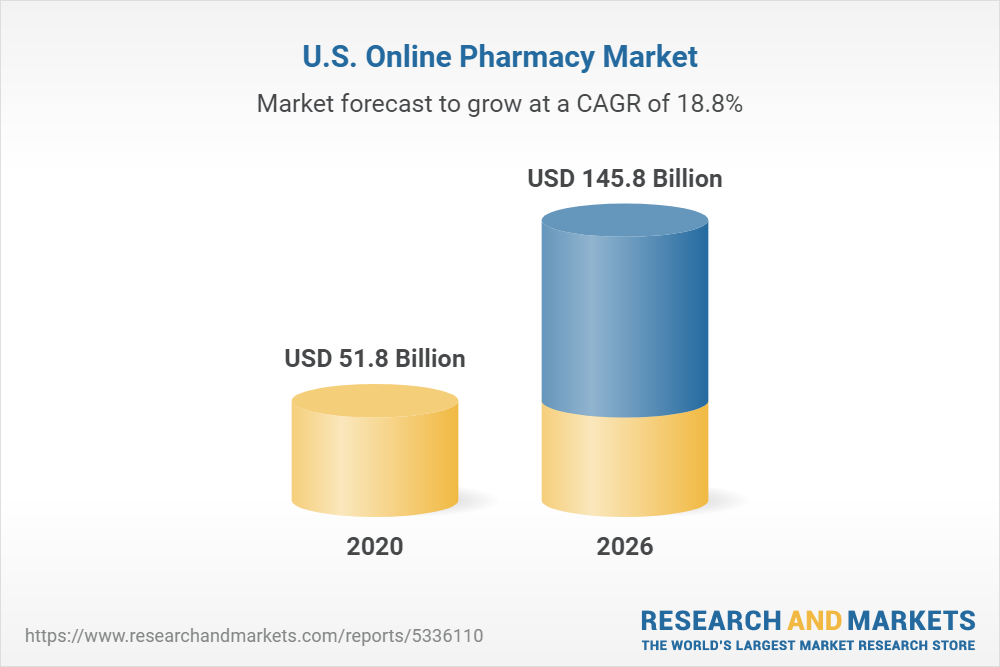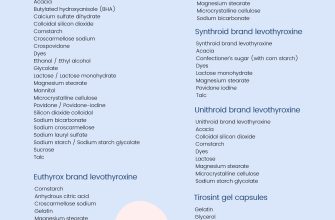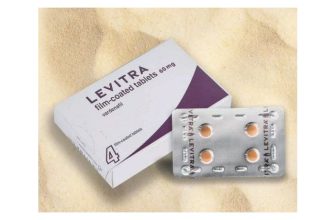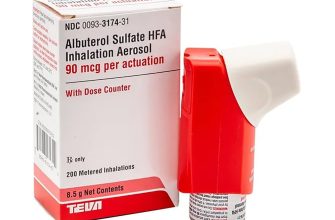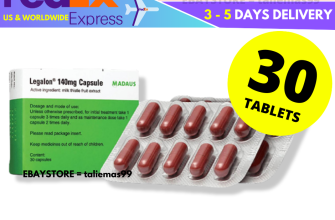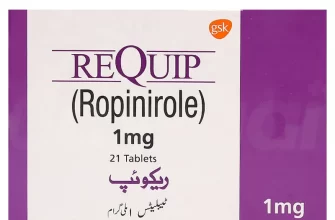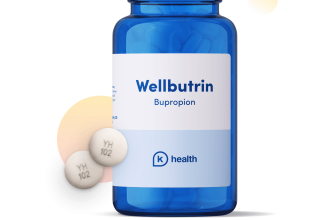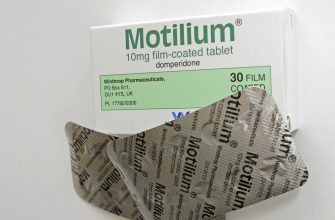Need reliable prescription medications delivered straight to your door? Start your search with a focus on pharmacies holding US accreditation from the Verified Internet Pharmacy Practice Sites (VIPPS) program. This accreditation ensures adherence to strict standards of safety and quality, protecting your health and security.
Compare prices from several VIPPS-accredited online pharmacies. Don’t solely rely on advertised prices; check the final cost including shipping and handling. Look for transparent fee schedules. Consider factors like medication availability and customer reviews before making a decision.
Once you’ve selected a pharmacy, verify the legitimacy of your prescription before placing your order. Confirm the pharmacy’s contact information, including phone number and physical address, is easily accessible. Pay securely using encrypted payment methods– avoid pharmacies that solely accept unconventional payment options. Always read customer reviews and look for patterns suggesting poor service or delivery issues.
- US-Based Online Pharmacies: A Comprehensive Guide
- Legality and Regulations of Online Pharmacies in the US
- Finding Legitimate Online Pharmacies
- Avoiding Illegal Online Pharmacies
- Key Regulatory Bodies
- Protecting Yourself
- Finding Legitimate and Verified Online Pharmacies
- Checking for Legitimate Operations
- Protecting Your Information
- Additional Verification Steps
- Comparing Prices and Services Offered by Different Online Pharmacies
- Understanding Prescription Requirements and Ordering Process
- Ensuring Secure Payment and Delivery of Medications
- Payment Security
- Delivery Security
- Potential Risks and How to Avoid Them When Using Online Pharmacies
- Customer Reviews and Ratings: Finding Reliable Sources
US-Based Online Pharmacies: A Comprehensive Guide
Verify the pharmacy’s legitimacy using the National Association of Boards of Pharmacy (NABP) Verified Internet Pharmacy Practice Sites (VIPPS) accreditation program. This is your first step.
Next, check the pharmacy’s license and registration with your state’s board of pharmacy. Different states have different requirements.
- Always examine the website for a physical address and contact information.
- Look for a dedicated customer service line, not just an email address.
- Read user reviews on independent platforms like Trustpilot to gauge customer experiences. Pay attention to recurring themes.
Before ordering, confirm that the pharmacy is licensed to dispense medication in your state. This ensures legal compliance and protects you.
- Carefully review the pharmacy’s privacy policy concerning your personal and health information. Data security is crucial.
- Understand their medication return policy. Knowing this before a purchase prevents potential issues.
- Compare prices across several accredited online pharmacies to get the best deal. Don’t assume the first one is always cheapest.
Always consult your doctor before starting any new medication, even those ordered online. This is paramount for your health.
Report any suspicious activity or concerns to your state’s board of pharmacy and the NABP. Your vigilance safeguards others.
Remember, responsible online medication sourcing is a combination of diligence and caution. Protect your health and your privacy.
Legality and Regulations of Online Pharmacies in the US
Use only licensed online pharmacies. Verify licenses through the state board of pharmacy where the pharmacy is located. The DEA and state boards actively monitor online pharmacies.
Finding Legitimate Online Pharmacies
The Pharmacy Online Verification Program (PVAP) helps identify legitimate online pharmacies. Look for sites displaying this verification seal. Check for a physical address and contact information; legitimate pharmacies aren’t faceless. Review the site’s privacy policy and terms of service; a commitment to patient safety is a crucial indicator.
Avoiding Illegal Online Pharmacies
Beware of extremely low prices; they often signal counterfeit or substandard drugs. Avoid pharmacies requesting unnecessary personal information. Don’t use a pharmacy without a valid license, and be wary of those that lack clear information on their credentials. Report suspicious online pharmacies to the authorities. Contact your physician before using any online pharmacy.
Key Regulatory Bodies
The Food and Drug Administration (FDA) regulates the safety and efficacy of medications sold online. State boards of pharmacy oversee the licensing and operation of pharmacies within their respective states. The Drug Enforcement Administration (DEA) regulates controlled substances. These agencies work together to ensure safe medication access.
Protecting Yourself
Always verify a prescription with your doctor before ordering medication online. Read reviews and testimonials from other users (but be aware that fake reviews exist). Understand the risks associated with online pharmacies; it’s your responsibility to prioritize safety. Store your medications safely, as directed. Report any adverse effects to your doctor immediately.
Finding Legitimate and Verified Online Pharmacies
Check the pharmacy’s license and accreditation. Verify this information independently on the state board of pharmacy website. Look for a physical address and contact information – avoid pharmacies with only PO boxes.
Checking for Legitimate Operations
Confirm the pharmacy uses Secure Sockets Layer (SSL) encryption; look for the padlock icon in your browser’s address bar. Scrutinize the site for professional design and clear, accurate information about medication and services. Avoid sites with grammatical errors or suspicious pricing.
Protecting Your Information
Read the pharmacy’s privacy policy. A reputable pharmacy will clearly outline how it protects your personal and medical data. Be wary of pharmacies requesting excessive personal information beyond what’s needed for prescription processing.
Consult your doctor or pharmacist. They can offer guidance on safe online pharmacy practices and help you identify potential red flags. Always discuss any online pharmacy you’re considering with your healthcare provider before using it.
Additional Verification Steps
Use online pharmacy review sites to check customer experiences. However, treat reviews with healthy skepticism, as they can be manipulated. Look for consistent positive feedback across multiple platforms. Verify the pharmacy’s legitimacy with the National Association of Boards of Pharmacy (NABP) website – their verified internet pharmacy practice sites (VIPPS) accreditation is a strong indicator of trustworthiness.
Comparing Prices and Services Offered by Different Online Pharmacies
Start by checking several pharmacies’ websites. Compare prices directly for your specific medication, including any applicable discounts or coupons. Don’t forget to factor in shipping costs!
Look beyond price; consider these key service features:
| Feature | What to Look For | Example |
|---|---|---|
| Prescription Transfer | Easy online transfer process, clear instructions, and fast turnaround time. | A pharmacy with a dedicated online portal for prescription transfers. |
| Customer Service | Multiple contact methods (phone, email, live chat), prompt responses, and helpful representatives. | 24/7 phone support with average wait times under 2 minutes. |
| Shipping Options | Various shipping speeds (express, standard), tracking capabilities, and discreet packaging. | Free standard shipping with expedited shipping options clearly priced. |
| Security & Privacy | Verifiable licensing, HTTPS secure website, and transparent privacy policies. | Pharmacy licensed by the state board of pharmacy and displaying a visible HTTPS padlock. |
| Medication Availability | Check if they stock your needed medication(s) and if they can provide alternatives if needed. | A pharmacy with a large drug inventory and clearly listed out-of-stock items. |
| Verification & Authentication | Secure methods of verifying your prescription and identity. | Use of electronic prescription verification systems and multi-factor authentication. |
After comparing several pharmacies based on these factors, select the one best meeting your individual needs. Remember to always verify the pharmacy’s legitimacy with your state’s board of pharmacy.
Understanding Prescription Requirements and Ordering Process
First, verify your prescription is valid and current. Check the expiration date; many pharmacies won’t fill prescriptions past a certain point.
Next, you’ll need accurate information. This includes:
- Your full name and date of birth
- Your current address
- Your prescription details (medication name, dosage, quantity)
- Your insurance information (if applicable)
Now, locate a verified online pharmacy. Check for licensing information and customer reviews before placing your order.
The ordering process generally involves these steps:
- Create an account, providing all required personal and insurance details.
- Upload a clear image of your prescription.
- Review your order and confirm. Double-check the medication, dosage, and quantity.
- Choose your payment method. Ensure the pharmacy accepts your preferred method.
- Select your shipping address. Confirm you’re shipping to an address within the US.
- Track your order via the pharmacy’s online tracking system.
After placing your order, expect a confirmation email. Contact customer service if you have any questions or concerns about your order or delivery. You might also receive updates on shipping status.
Finally, remember to store your medications appropriately, following the instructions provided with your prescription.
Ensuring Secure Payment and Delivery of Medications
Use only reputable online pharmacies with robust security measures. Look for pharmacies displaying a Norton Secured seal or similar verification. Verify their license and accreditation through state boards of pharmacy. Always use HTTPS (the padlock icon in your browser’s address bar) when accessing the pharmacy website and making a payment.
Payment Security
Favor payment methods offering buyer protection, such as PayPal or credit cards with fraud protection. Avoid wire transfers or prepaid debit cards, which offer little recourse in case of fraud. Scrutinize the pharmacy’s privacy policy to understand how they handle your personal and financial information. Ensure they use encryption to protect your data during transmission.
Delivery Security
Choose a delivery method that provides tracking and signature confirmation. This helps ensure your medication arrives safely and prevents theft or loss. Contact the pharmacy if your package is delayed or arrives damaged. Report suspicious activity to both the pharmacy and your credit card company immediately. Familiarize yourself with the pharmacy’s return policy in case of damaged or incorrect shipments. Understand their policy on prescription refills and reordering processes to make resupply smooth and secure.
Potential Risks and How to Avoid Them When Using Online Pharmacies
Verify the pharmacy’s license with your state board of pharmacy. This simple check helps you confirm legitimacy.
Always look for a verified seal from organizations like the National Association of Boards of Pharmacy (NABP). Their accreditation signifies adherence to standards.
Read online reviews carefully, paying attention to both positive and negative feedback. Focus on specific details, not just overall star ratings. Inconsistencies may indicate problems.
Check the pharmacy’s security protocols. Look for HTTPS in the website address and a privacy policy explaining data protection measures.
Never purchase medications from a site offering suspiciously low prices. Unreasonably cheap drugs could be counterfeit or substandard.
Ensure secure payment methods are available. Avoid sites accepting only wire transfers or cryptocurrency, as these are difficult to track and refund.
Contact the pharmacy directly with questions before ordering. Check their responsiveness and clarity of information provided.
Review the pharmacy’s return policy. This shows their commitment to customer satisfaction and provides recourse if needed.
Consult your doctor before ordering any medication online. Confirm the legitimacy of prescriptions and potential drug interactions.
Be wary of pharmacies offering medications without a prescription. Purchasing drugs illegally carries health risks and legal consequences.
Customer Reviews and Ratings: Finding Reliable Sources
Check multiple review platforms. Don’t rely solely on the pharmacy’s website; explore independent sites like Trustpilot, Google Reviews, and Yelp. Look for a consistent pattern of positive or negative feedback across various platforms.
Scrutinize review details. Read reviews thoroughly; focus on specific experiences, not just star ratings. Look for detailed descriptions of the ordering process, shipping times, customer service interactions, and product quality. Vague reviews often lack credibility.
Identify fake reviews. Be wary of reviews that are overly positive or negative, lacking detail, or use similar language. Fake reviews often appear in clusters; a sudden surge in highly positive (or negative) reviews might be a red flag.
Consider review volume. A large number of reviews generally indicates a more established pharmacy, offering a broader range of experiences. However, a small number of overwhelmingly positive reviews should also raise suspicion.
Assess reviewer profiles. While not always conclusive, checking reviewer profiles for activity and consistency across platforms can sometimes help identify potential bots or fake accounts.
Prioritize verified purchases. Many review platforms allow users to verify purchases. These reviews tend to be more trustworthy because they’re linked to actual transactions.
Look for responses from the pharmacy. Legitimate pharmacies often respond to customer reviews, both positive and negative, demonstrating a commitment to customer satisfaction. Observe the tone and helpfulness of their responses.
Use review aggregators. Sites that collect and analyze reviews from multiple sources can provide a more holistic view, helping you identify overall trends in customer satisfaction.

